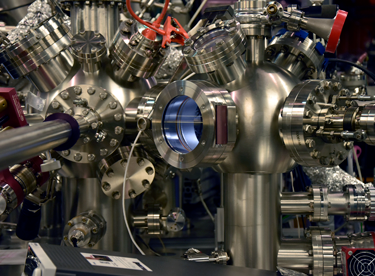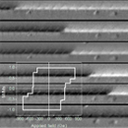
A team of researchers from Materials Science Institute of Madrid (CSIC), University of Barcelona and ALBA Synchrotron reported on magnetization ratchet effect observed for the first time in cylindrical magnetic nanowires (magnetic cylinders with diameters of 120nm and lengths of over 20µm). These nanowires are considered as building blocks for future 3D (vertical) electronic and information storage devices as well as for applications in biological sensing and medicine. The experiments have been carried out at the CIRCE beamline of the ALBA Synchrotron. The results are published in ACS Nano.
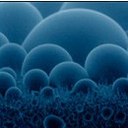
Researchers from Materials Science Institute of Seville (CSIC) and the ALBA Synchrotron have characterized the water condensation mechanisms on titanium dioxide photoactive nanotubes’ surfaces after UV-irradiation. Thanks to this method, the material-water interaction can be controlled, changing its properties and enabling to convert the nanotubes in either hydrophilic or hydrophobic surfaces depending on the objective. This specific feature is interesting for architecture and transport areas, to develop antifogging or antifreezing surfaces.
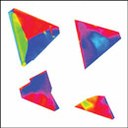
When reducing materials at the nanoscale, they typically lose some of their properties. The experiments have been carried out at the CIRCE beamline of the ALBA Synchrotron.
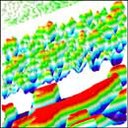
Researchers have proved the ability of peculiar magnetic materials to hide magnetic information and reveal it under certain conditions and at room temperature. Results have been published in Sientific Reports.
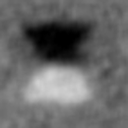
Using ALBA's synchrotron light, researchers have been able to visualise deformation (sound) waves in crystals and measured the effect on nanomagnetic elements. The study, published in Nature Communications, uses the accelerators' time structure to record time-resolved images with a resolution of 80 picoseconds. This methodology offers a new approach for analysing dynamic strains in other research fields: nanoparticles, chemical reactions, crystallography, etc.


